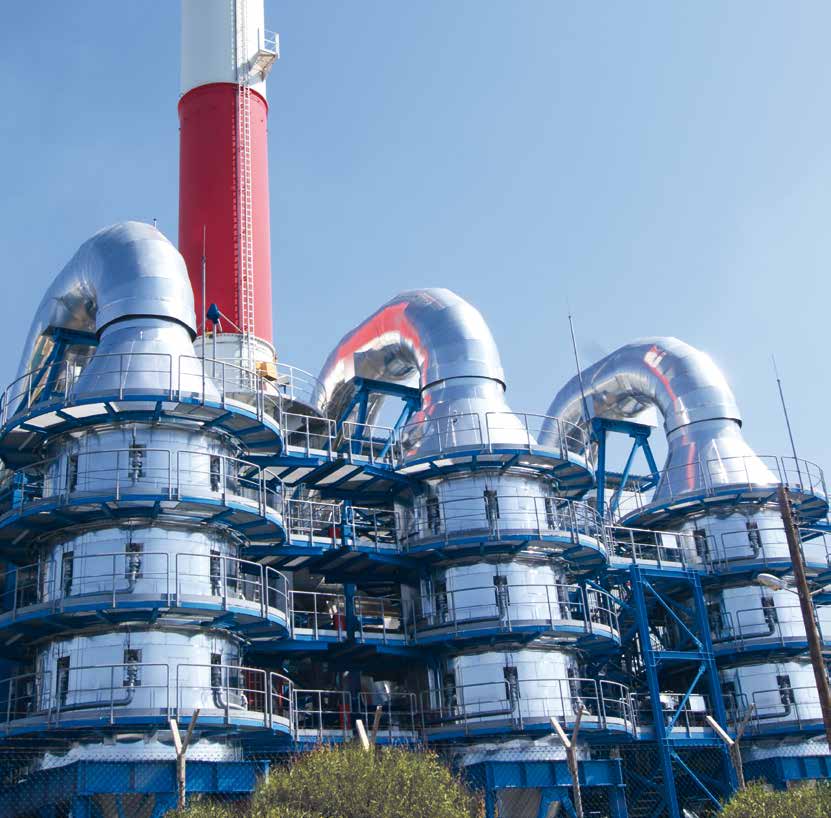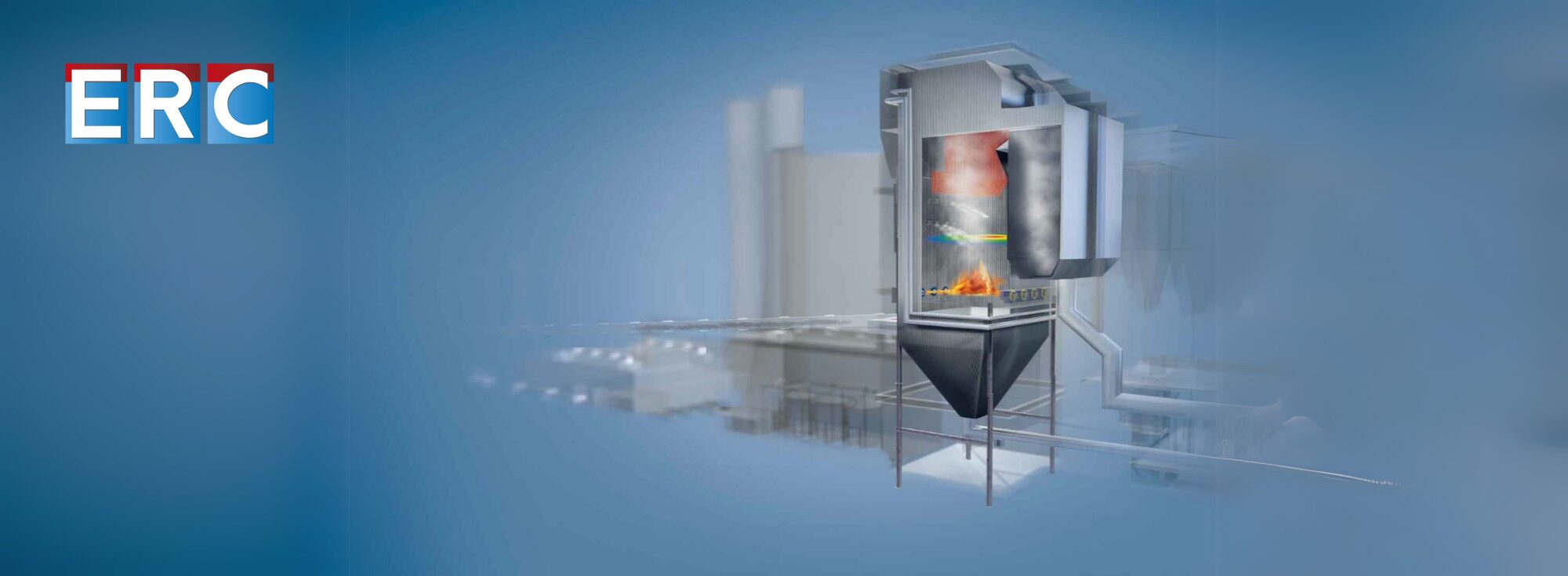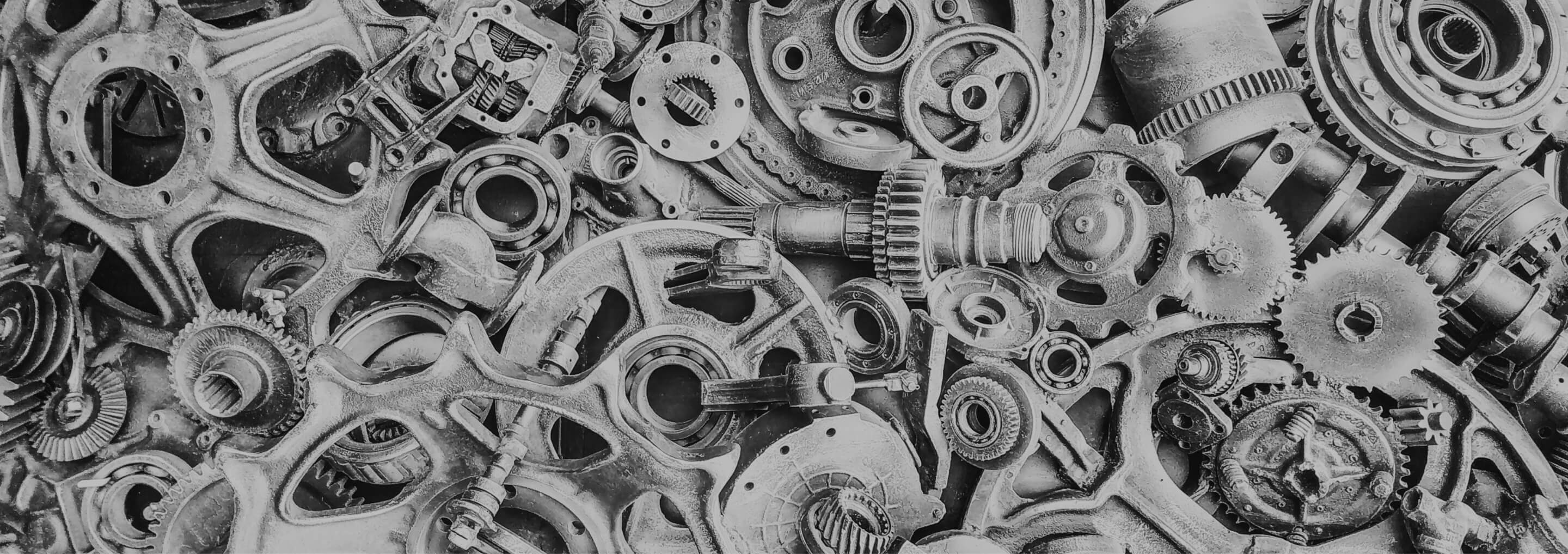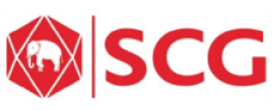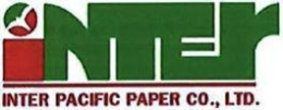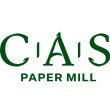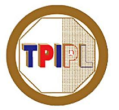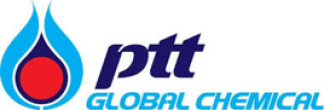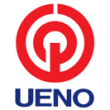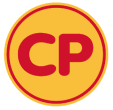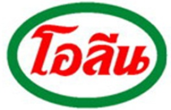1. Firing additive
2. Fuel
3. Control Unit
4. SNCR injection stage
5. Mixing & measuring modules
6. Water injection
7. Atomiser air injection
8. DeNOₓ additive
9. SCR catalytic stage
The Best of Both Worlds: SNCR + SCR for Maximum Efficiency and Minimal Emissions
When ultra-low NOₓ emissions and strict ammonia slip (NH₃) limits are required, ERC’s ERC-plus process delivers a powerful, cost-effective solution. By intelligently combining Selective Non-Catalytic Reduction (SNCR) and Selective Catalytic Reduction (SCR) technologies, this hybrid approach ensures high NOₓ reduction efficiency while keeping secondary emissions well below regulatory thresholds.
How It Works
In the SNCR stage, a reducing agent—typically ammonia or urea—is injected into the flue gas at high temperatures (850–1,050°C) to begin the NOₓ reduction process. The unreacted ammonia (NH₃ slip) is then utilized in the SCR stage, where a catalyst facilitates further NOₓ removal at lower temperatures of 350–400°C. This dual-stage design significantly increases overall efficiency while reducing chemical usage and catalyst cost.
System Components

Why Choose ERC-plus?
✔ Strict compliance with NH₃ emission limits (less than 5 mg/Nm³)
✔ Very high NOₓ reduction efficiency beyond standalone SNCR performance
✔ Reduced catalyst volume and lower maintenance costs
✔ Minimal ammonia slip (NH₃), enhancing environmental safety
✔ Smart, load-adaptive control across varying operating conditions
✔ Complete turnkey solution delivered by a single trusted provider
Smart Emission Control with Long-Term Value
Weston Myer proudly brings ERC-plus to industries demanding the highest standards in emissions control. This system is ideal for both new plants and retrofits, offering an intelligent balance of performance, flexibility, and cost-efficiency.
Get in touch today to explore how ERC-plus can transform your environmental performance.
